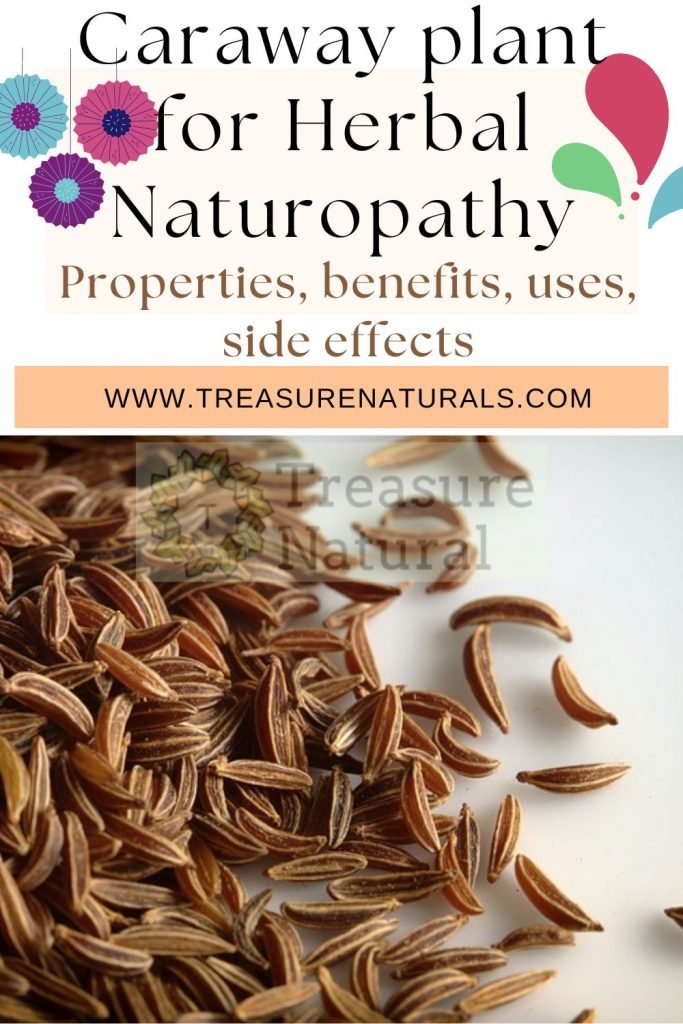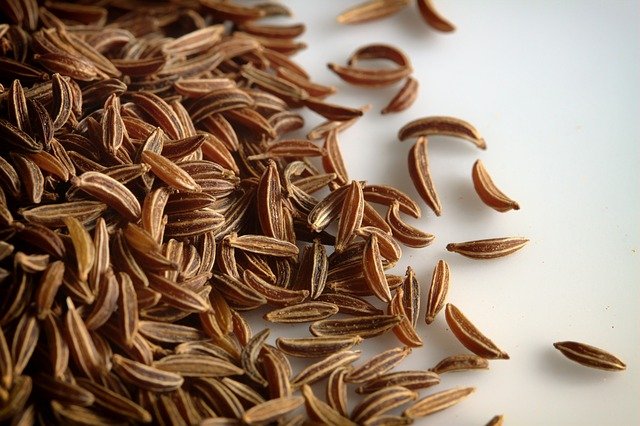
Caraway is a medicinal plant known since ancient times for its disinfectant and antispasmodic properties, which can also be used by women with poor menstrual flow. Let’s find out better.
Ownership of caraway
Rich in proteins and minerals, caraway has numerous therapeutic properties including digestive, diuretic and regulating the intestine. The seeds are also expectorants and antiseptics and can be consumed simply by chewing them after a meal or in the form of a decoction or herbal tea. The caraway also stimulates the appetite and helps breastfeeding women to produce milk.
Many pharmaceutical companies use it in antidiarrheal medicines thanks to the disinfectant capacity it has against the intestinal walls. Thanks to its antispasmodic properties, it is also suitable for use against colic in infants.
Its protein content makes caraway perfect to be used even by women with low menstrual flow. The part of the plant containing the active ingredients is the fruit, which has a pungent taste. It is a plant rich in various essential oils; the main ones are limonene and carvone, contained in percentages ranging from 3 to 7%, depending on the origin.
The balsamic harvesting time, when the concentration of active ingredients is greater, is the moment in which the fruits are not yet fully ripe.
How to use
The parts used in Carvi are the seeds (fruits or mertacarpi) which are used as flavoring, aperitifs, digestives, antispasmodics, antiseptics.
In the cosmetic industry the essence of Carvi is generally used for its fragrance.
In the herbal field, it can be used in the form of herbal tea, or as an ingredient in ready-to-use preparations in powder, tablets or drops.
In cooking it is used as a condiment and spice. The roots of the plant are edible and can be eaten boiled like carrots.
Contraindications of caraway
Caraway must be absolutely forbidden in case of severe liver disease (essential oil) or hypersensitivity to one or more components.
Caraway essential oil can cause headaches and dizziness. Allergy may develop in some patients, usually with buccal symptoms such as inflammation of the tongue and gums with itching and burning.
Do not use in pregnancy.
Description of the plant
Caraway, scientific name Carum carvi, is a plant of the Apiacea family.
Similar to the wild carrot plant, Carvi is a biennial plant with an erect stem that can reach a height of 60 cm.
The leaves are similar to long feathers, the flowers are white or pink and gathered in umbrella-shaped inflorescences, while the fruits are small, striped and oblong and are improperly called seeds .
The plant blooms between May and September, while the fruits reach ripeness between July and August.
The roots of the caraway can also be eaten after cooking in boiling water.
Habitat of caraway
Native to Europe and western Asia, it is also widespread in North Africa. It grows between 800 and 2200 meters in warm, sunny weather, on well-drained soils.
Caraway grows spontaneously in humid and grassy places, typical of the subalpine areas and the northern Apennines. It is possible to find it both on the hills and at great altitudes (up to 2300 meters) but it needs a good exposure to the sun.
Background

Carvi was also known in ancient times, in fact, the Greek doctor Dioscorides already praised its digestive properties at that time.
The ” harira “, a characteristic vegetable and legume soup from Morocco, is traditionally prepared during Ramadam and wedding feasts, and its aroma is enhanced by caraway, in Arabic karwîyâ.






